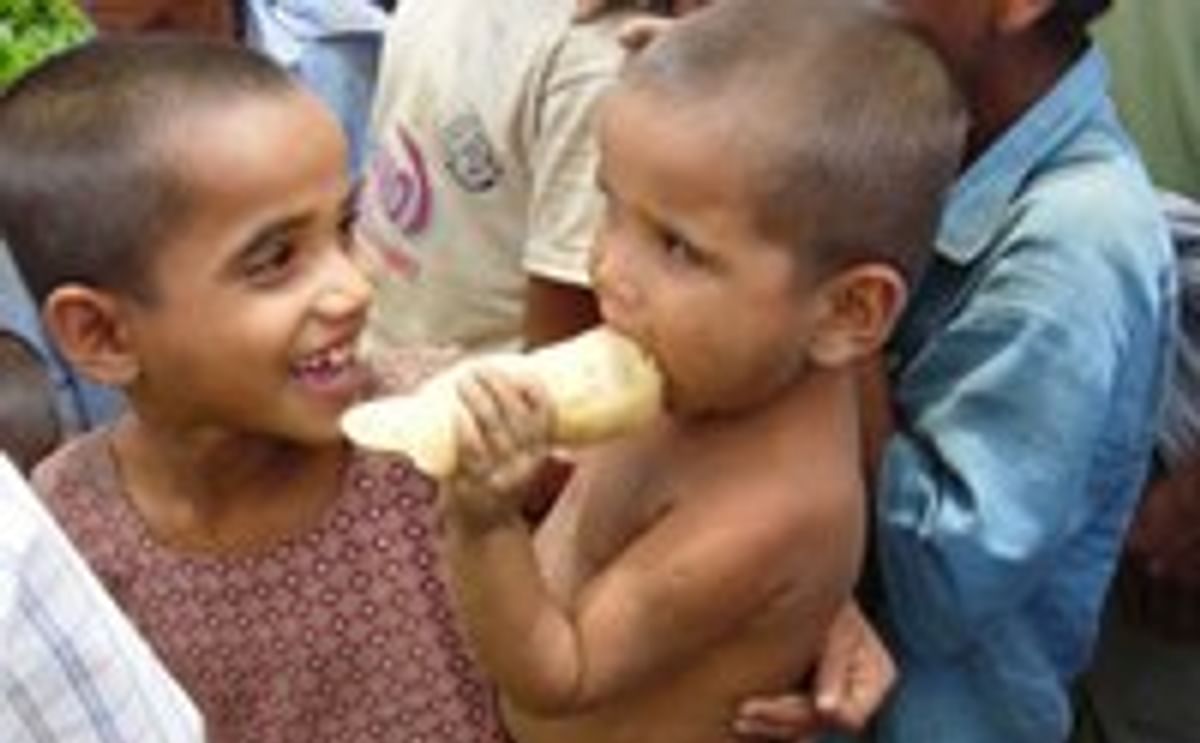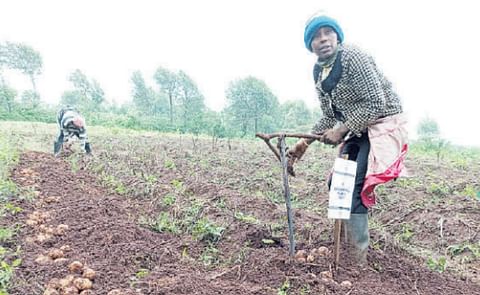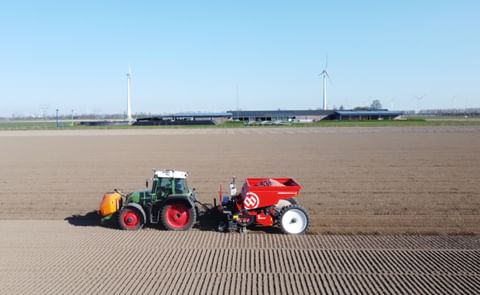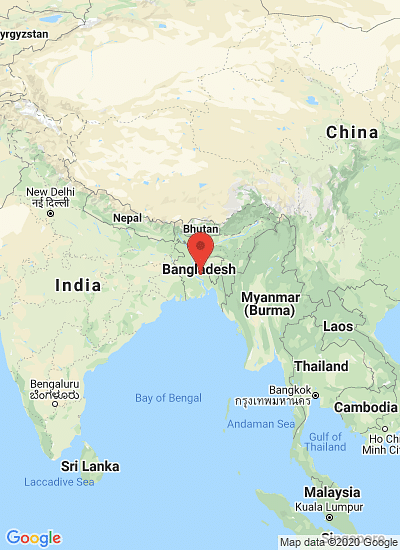Poverty affects 40 percent of people in Bangladesh, and malnutrition is among the highest in the world, with 56 percent of preschoolers underweight.
In an effort to combat these alarming numbers, the International Potato Center (CIP) is launching a new program in disaster-prone southern Bangladesh to raise incomes and improve nutritional health through potato, sweetpotato, and vegetables.
With a new grant of $1.5 million from USAID, CIP will be working in partnership with the Asian Vegetable Research and Development Center and Bangladeshi organizations to introduce innovations in production, marketing, and consumption of potato, sweetpotato, and vegetables.
More specifically, the project’s two-pronged approach will promote the commercial production of potato, sweetpotato, and vegetables to generate income from high value cash crops along with the promotion of homestead gardens, with a focus on subsistence production, nutrition, and crop diversity among low-income agricultural households.
Previous CIP work that has been very successful in northern Bangladesh and India will be built upon and transferred. Over the next five years the project hopes to generate positive impacts in terms of greater income and food security for 100,000 families. The project will deliver improved, robust, adapted potato and sweetpotato varieties, as well as training in seed system management, supply, technology, and positioning value-added crops in local markets.
At present Bangladesh is largely dependent on cereals. Adding potatoes, sweetpotatoes and other vegetables into the mix will diversify local diets and raise nutrition and food security. For instance, just one medium-sized of orange-fleshed sweetpotato can help to decrease blindness and possible death among 60 percent of preschoolers currently at risk of vitamin A deficiency. Potato is also nutritionally valuable -- packed with protein, iron, magnesium and zinc.
This grant is part of USAID’s new “Feed the Future” program and is aligned with three CIP research priorities: lowland potato, Asia sweetpotato, and genetic enhancement.
Related PotatoPro Newsletter: PotatoEurope's 2010 Keynote Address: Potato and Global Food Security
Improving incomes and nutritional health in Bangladesh through potato, sweetpotato, and vegetables

Like to receive news like this by email? Join and Subscribe!
NEW! Join Our BlueSky Channel for regular updates!
精选企业
Sponsored Content
Sponsored Content
Sponsored Content
Sponsored Content
Sponsored Content







